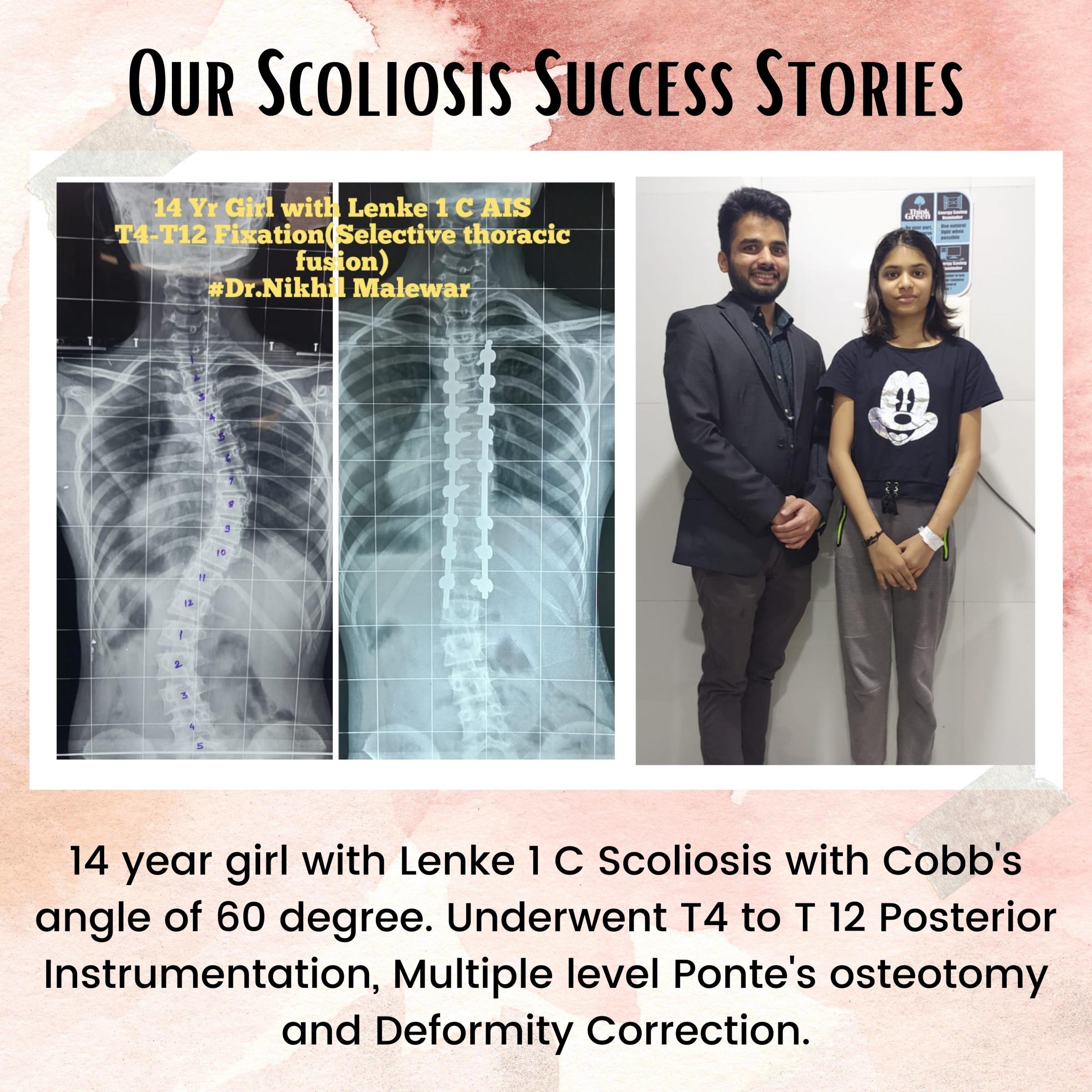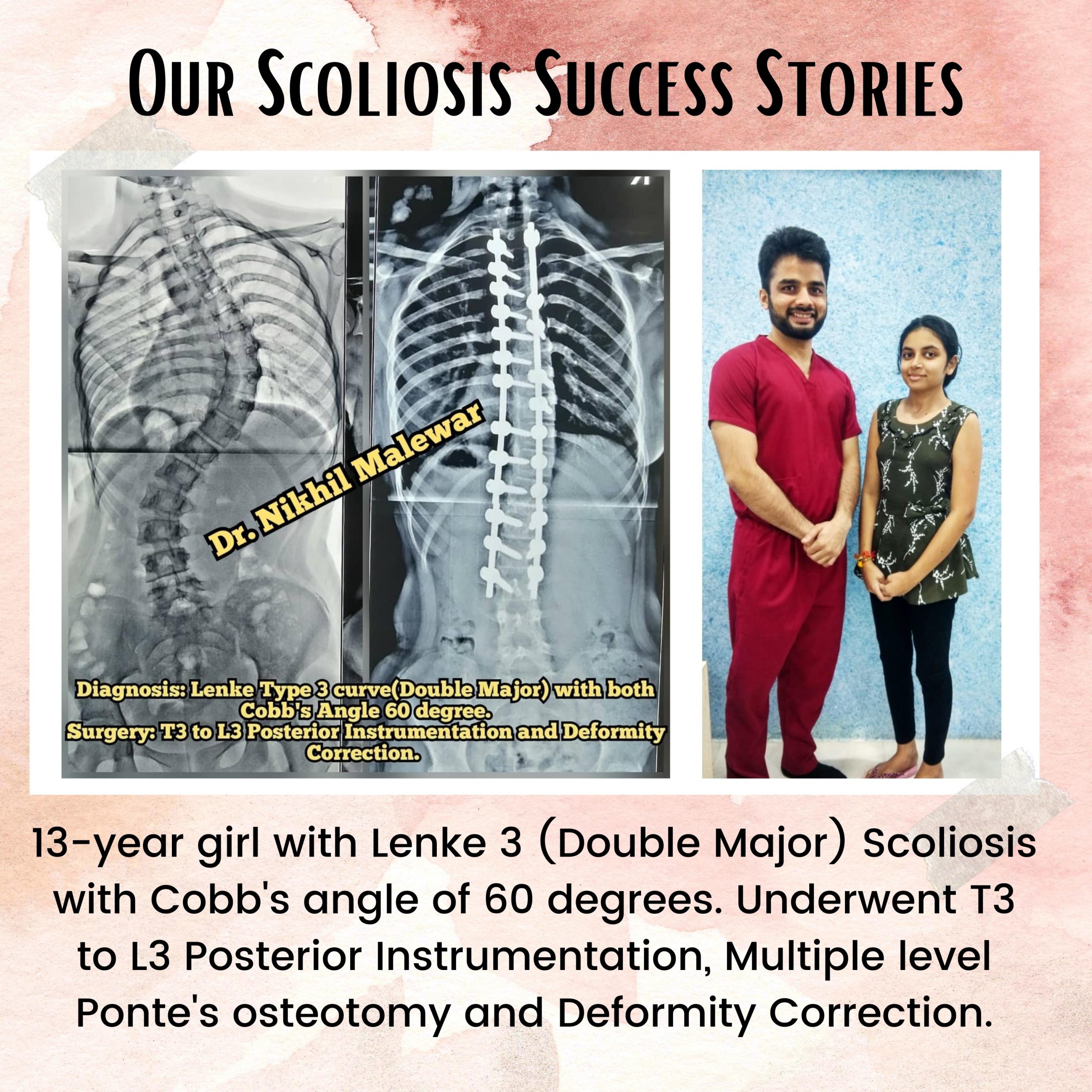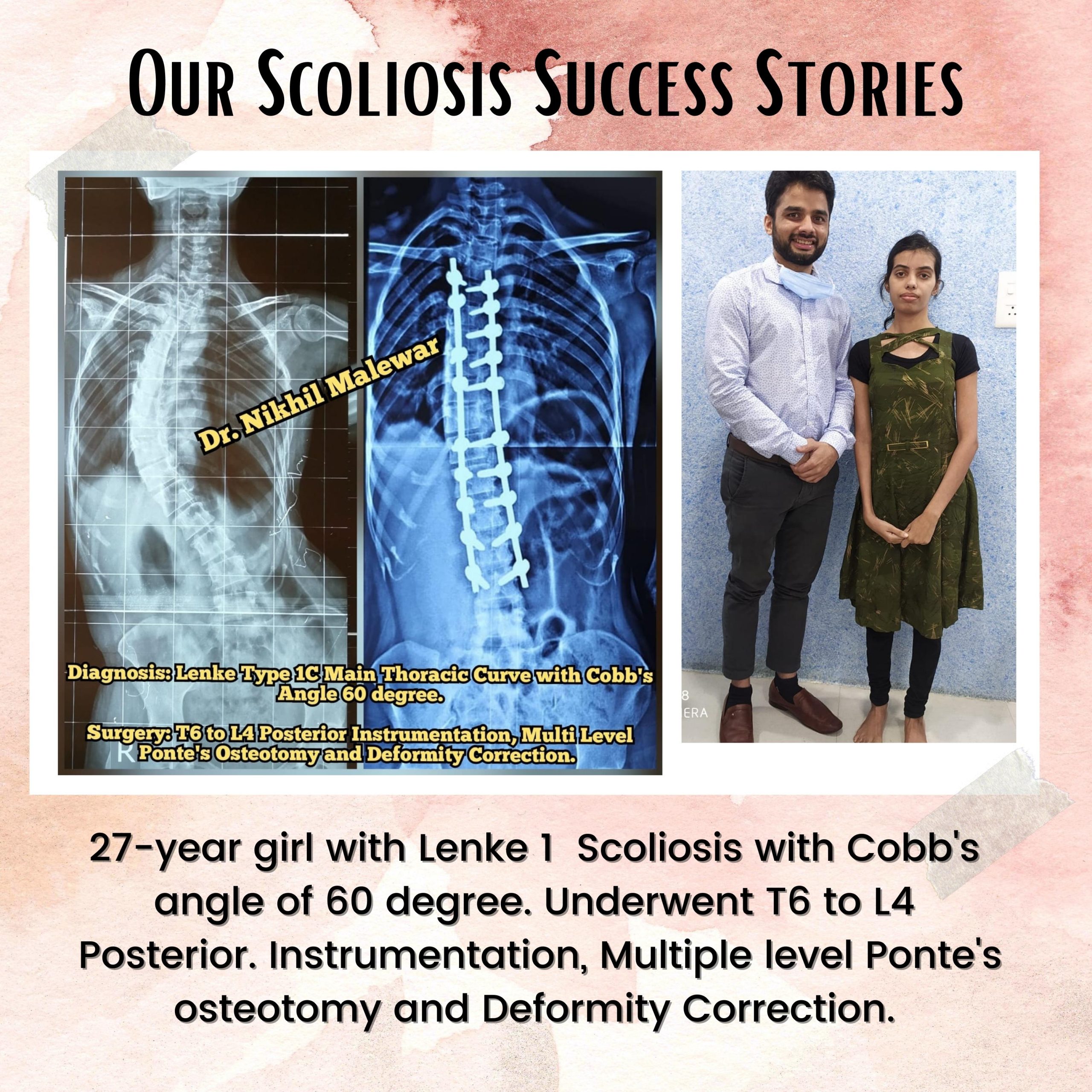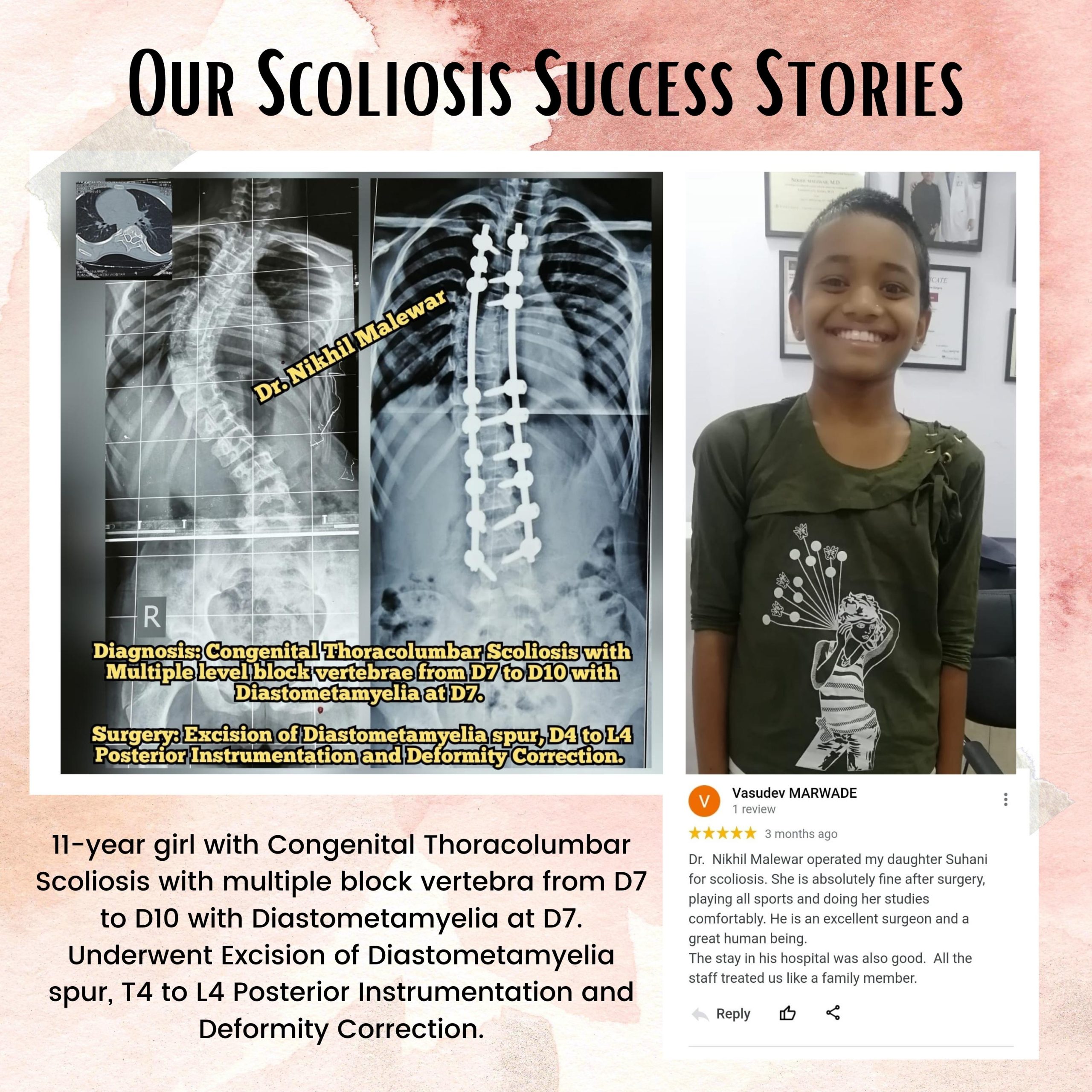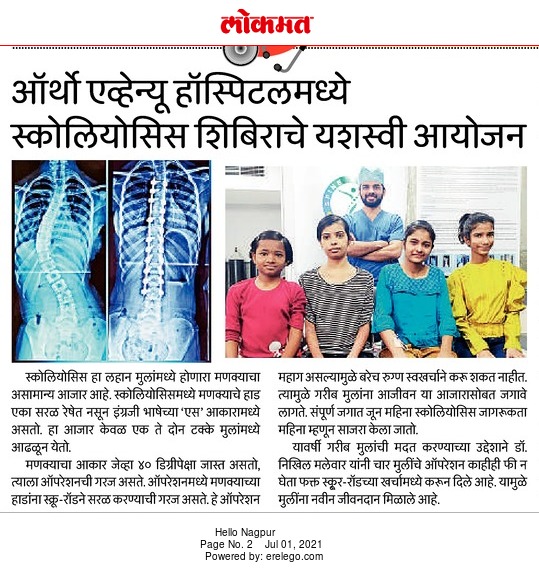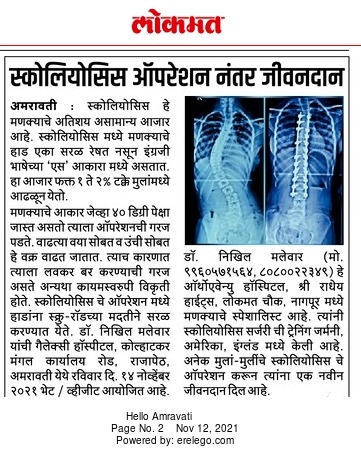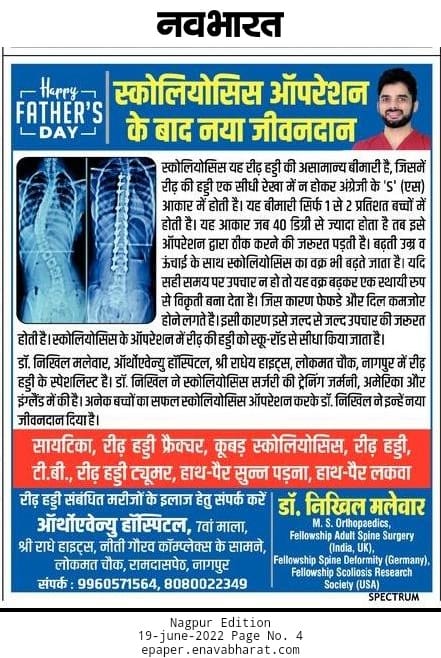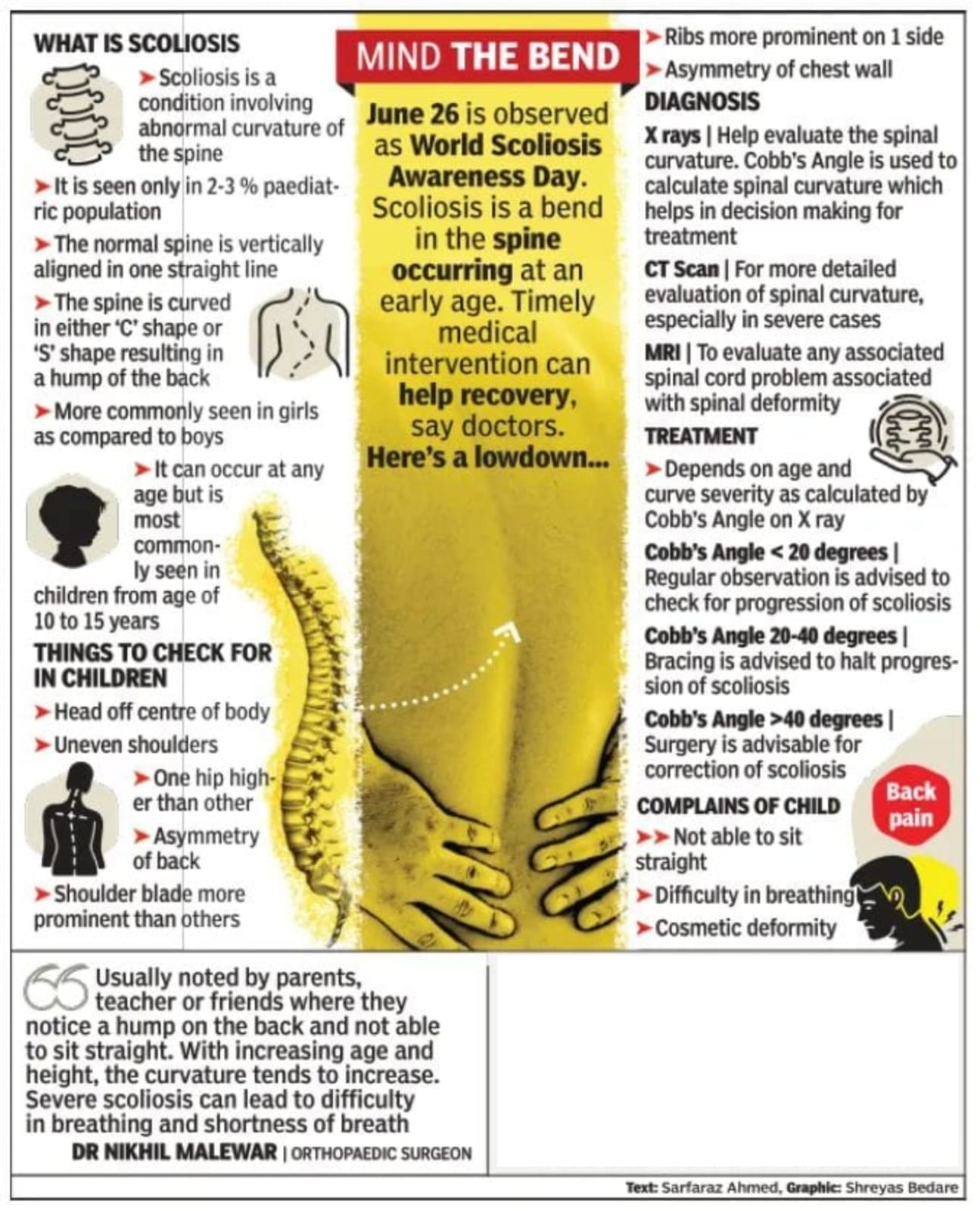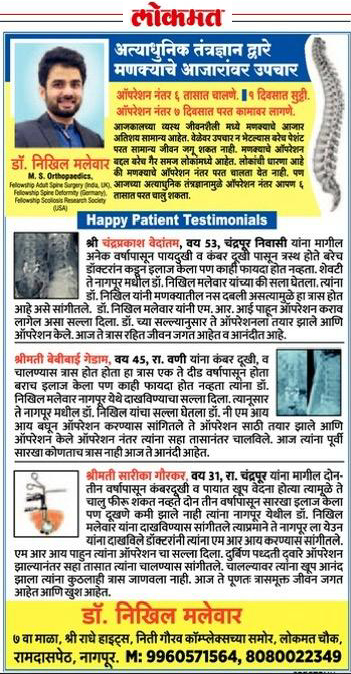What is Slip Disc Specialist ?
Slip Disc Specialist In Nagpur, medically termed herniated nucleus pulposus, occurs when the material within the disc. shifts out of its designated space, resulting in irritation to nearby nerves and a range of painful symptoms. This tearing of surrounding tissues typically occurs during periods of increased strain on the back, such as lifting heavy objects.
Dr. Malewar leads a team of skilled spine surgeons dedicated to delivering exceptional care and pioneering new treatments for slipped discs. Therfore, The advent of technology in medicine has revolutionized our approach, making many treatments more accessible and efficient.Thus, Minimally invasive surgeries have emerged as a preferred option, offering minimal discomfort and accelerated recovery . garnering popularity among patients.
Slipped disc symptoms
If you’re experiencing the following symptoms, it could indicate a slipped disc:
- Pain localized at the affected disc site, such as neck pain if the disc is in the cervical spine. lower back pain if it’s in the lumbar region.
- Tingling or numbness, a common sign if the slipped disc is compressing nearby nerves.
- Shooting pains radiating down your arms or legs.
- Weakness in your limbs or hands.
- Loss of balance or coordination.
- Impaired fine motor skills.
- Difficulty with urination, referred to as urinary retention.
The severity of these symptoms varies depending on the location of the slipped disc and whether it’s impacting nerves or pressing on the spinal cord.

Diagnosing a Slip Disc Specialist In Nagpur
If you’re experiencing symptoms of a slipped disc, it’s crucial to seek evaluation from an orthopedic specialist. especially if you’re dealing with nerve-related issues similarly tingling, numbness, sciatica. Thus, Your doctor will conduct a thorough examination and may recommend scans or tests to reach a diagnosis.
Typically, the preferred imaging method for diagnosing a slipped disc is an MRI. which provides detailed 3D images of the spine. X-rays might be used initially to rule out other potential causes of pain, such as fractures. but they aren’t effective in visualizing herniated discs. Once, If an MRI isn’t feasible, your doctor might suggest alternative tests like a CT scan or a myelogram. which involves injecting dye around the spinal cord for imaging purposes to identify pressure points on the spine.
In cases where nerve damage is suspected, additional tests such as electromyography . nerve conduction studies may be ordered to assess nerve activity.
Slipped disc and sciatic pain treatment options available
- Ozone Discectomy (Ozonucleolysis)
- Percutaneous Hydrocision Discectomy
- Endoscopic Discectmy
- Root Sleeve Epidural Injections/Transforaminal injections
- Cervical Epidural Injections
- Facet Blocks
- Radiofrequency Lesioning
Our Scoliosis Success Stories

